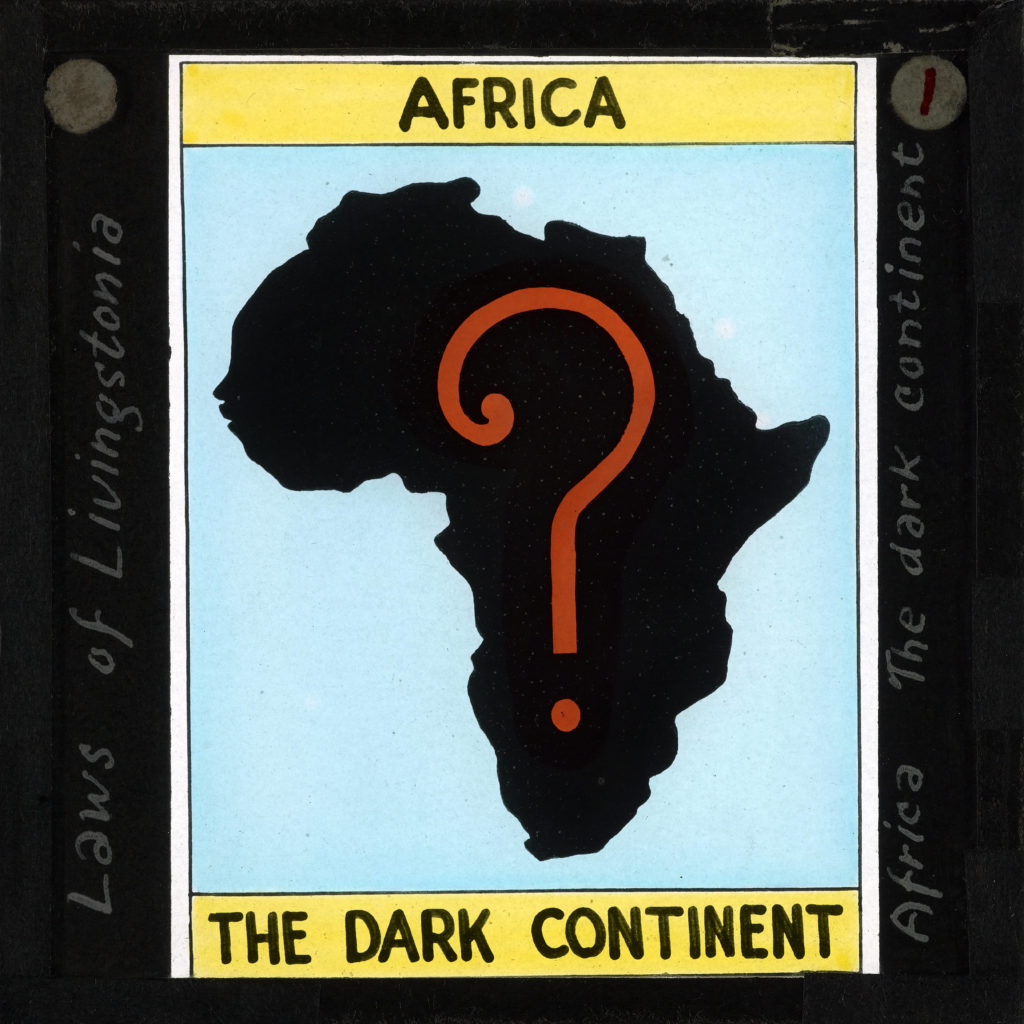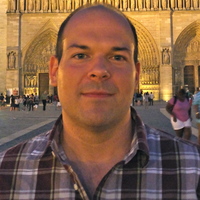
Emmanuel Katongole’s book gave me hope. After reading Born from Lament, I want to shout from the mountaintop that the “Dark Continent is dead!” Or at least the awful way we in the West describe Africa is dead. Historically, the version of Africa peddled by the West since the 19th Century, though long before, is anomalous. After all, the Greeks referred to their southern neighbors as aphrike, or ‘without cold. The Romans referred to the continent as aprica, a land of sunshine. Instead, the West lingers on darkness; a phrase inherited from Henry Morton Stanley, journalist-turned explorer who dynamited his way through Congo in 1866 to find David Livingstone and then fame. He explored central Africa for over a decade more until he returned home and published Through the Dark Continent in 1878. The West has never seen Africa the same way since. Even Joseph Conrad’s Heart of Darkness, which struggles to awaken Europeans to the degenerative effects of colonization in the Congo, still cannot escape the racism of the era.
Nearly a century and a half later, serious scholarly efforts are underway to reconceptualize the idea of Africa, not as a place of lightless oblivion but of vibrant creativity and hopefulness. Katongole’s book joins Dayo Olopade’s The Bright Continent, Stephen Ellis’ Season of Rains, and even a much older literature from scholars like V.Y. Mudimbe. And Katongole’s focus on religion and hope is welcome, as authors like Olopade have already written on African innovations in family life, technology, trade, and the environment. The value of religion, and more specifically theology, is that it provides Africans with the vocabulary and the conceptual framework to find and express hope.
In Born from Lament, Katongole argues that suffering begets hope and that lament becomes a disciplinary device by which Africans can exert some power over their trials. The people he has met and worked with in the Congo, Northern Uganda, and Burundi stand in the debris left behind by long histories of unimaginable violence. And amidst the ruin, as Katongole beautifully puts it, they find themselves arguing with God. And it is through argument and lament that Africans are able to express mourning, outrage, protest, and ultimately, hope.
He sets out to tell this story of hope found through lament in several ways. First, he draws heavily on Jason Stearn’s Dancing in the Glory of Monsters to fully explain just how devastating years of war have been in Congo and Northern Uganda. He then moves on to show that the Bible, especially 1 Peter 3:15 offers Christian Africans the ecclesiological and theological framework to see suffering and death as part of a larger process of resurrection and renewal. He goes on to locate “the strange gift” of hope through lamentation. Using the Book of Lamentations, Katongole nicely argues that lamentation brings comfort through its performance and its revelation of a vulnerable God who suffers with us rather than vanquishes the world’s ills for us. While I am no theologian, I found these insights fascinating and profoundly moving.
Katongole saves some of his most interesting insights for the second half of the book when he considers the value of lament to peace-building and creation of nonviolent social ethics and politics. Embedded in this is the possibility that only the peoples of Congo and Northern Uganda can ever really understand what has happened to them—only they have cried, as Katongole argues. And therefore only Africans can build the peace and hope needed to resurrect their lives; there is the potential for incredible empowerment in Katongole’s analysis. The book wraps up with three beautiful and evocative case studies of Christopher Munzihirwa, archbishop of Bukavu in the mid-1990s during the Rwandan genocide and the origins of the Congo wars; David Kasalis’ work at the Université Chrétienne Bilingue du Congo; and Maggy Baranktise’s work with displaced and orphaned children.
What unfolds is an engrossing, heartfelt exploration of how suffering in Africa can result in a powerful, or empowering sense of hopefulness when steeped in Christian faith. This historian of East Africa certainly learned a great deal. I was also left with many questions, some I hope Katongole will continue to explore in the future.
In 1939, Aimé Césaire wrote that negritude, or blackness, could be “measured by the compass of suffering.”[1] Blackness arose out of the horrors of the slave trade, plantation work in the New World, and colonialism in Africa. Drawing from that shared suffering, the Diaspora could remake itself, reclaiming its history and dictating its own future. As Katongole rightly notes throughout his book, suffering is not new to Africa or the Diaspora, made evident by its presence in African-American spirituals and the civil rights movement. Yet I would like to see in more concrete ways how lament might have been shaped by the memories of and emotions surrounding historic suffering. Do Maggy, Christopher, and David see their lamentations drawn from a wellspring of historic struggle, or are they focused firmly on the heartaches of the moment? If they are aware of and place themselves on a much longer journey of suffering, then how has lament been used at different times and in response to different horrors? From those changes can you see any changes to the theology and politics at play? And perhaps most interesting, is lament a particular cultural practice used – and therefore only truly understood – by Africans and the Diaspora?
Moving away from history to the present, I wonder what impact lament might have on not only peace-building but truth and reconciliation. So much of peace-building in Africa these days seems focused on tightly controlled moments of hard truth-telling and then quite literal requirements for reconciliation, sometimes with the promise of economic incentives in return. But perhaps peacebuilders need to allow those who have experienced incredible violence to work through their grief—to argue with God, their community, and their assailants? Might the discipline of lament become an institutionalized practice, or does that strip the journey, as Maggy Baranktise might say, of its meaning? And if it becomes part of secular practices created by states and nongovernmental organizations, what might robbing suffering of its theological and spiritual roots mean for lamentation?
Third, Katongole creates the very stark image of suffering amid the rubble. In these moments, it almost seems as if people have no one else to turn to except God and therefore lament occurs at the individual level, between sufferer and God. And so it begs the question: is lament and healing individualized processes carried out by people who are alone, or who feel alone? Or might the sufferer find someone, some kin, left in the rubble with whom to share their suffering and grief? Put another way, is lament a personal experience with God alone, or is it something performed within the expansive kinship networks Africans weave for themselves? This leads to a much broader question: all too often scholars pinpoint Christianity, capitalism, and often the blending of the two, as socioeconomic forces that atomized Africans and weakened kinship. Does the discipline of lament mean that Africans suffer alone with God? Or do they suffer together communally?
Of course, these are all questions for another book. What Emmanuel Katongole has given us is a gripping and thoughtful account of the hopefulness in religion in Africa; one that is sorely overdue.
[1] Aimé Césaire, The Original 1939 Notebook of a Return to the Native Land, eds. James Arnold and Clayton Eshleman (Middletown: Wesleyan University Press, 2013), 47, https://muse.jhu.edu/ (accessed July 25, 2017).

